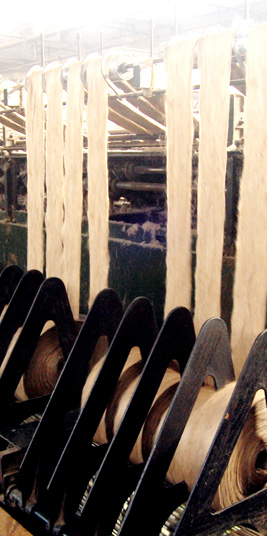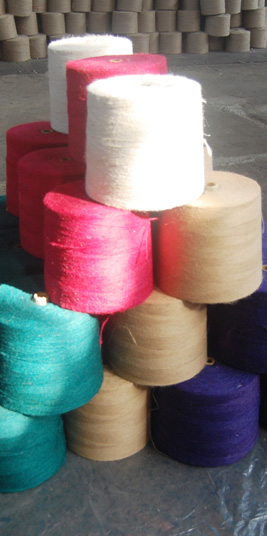
The final form of jute that we see today is the result of several intricate processes from start to finish
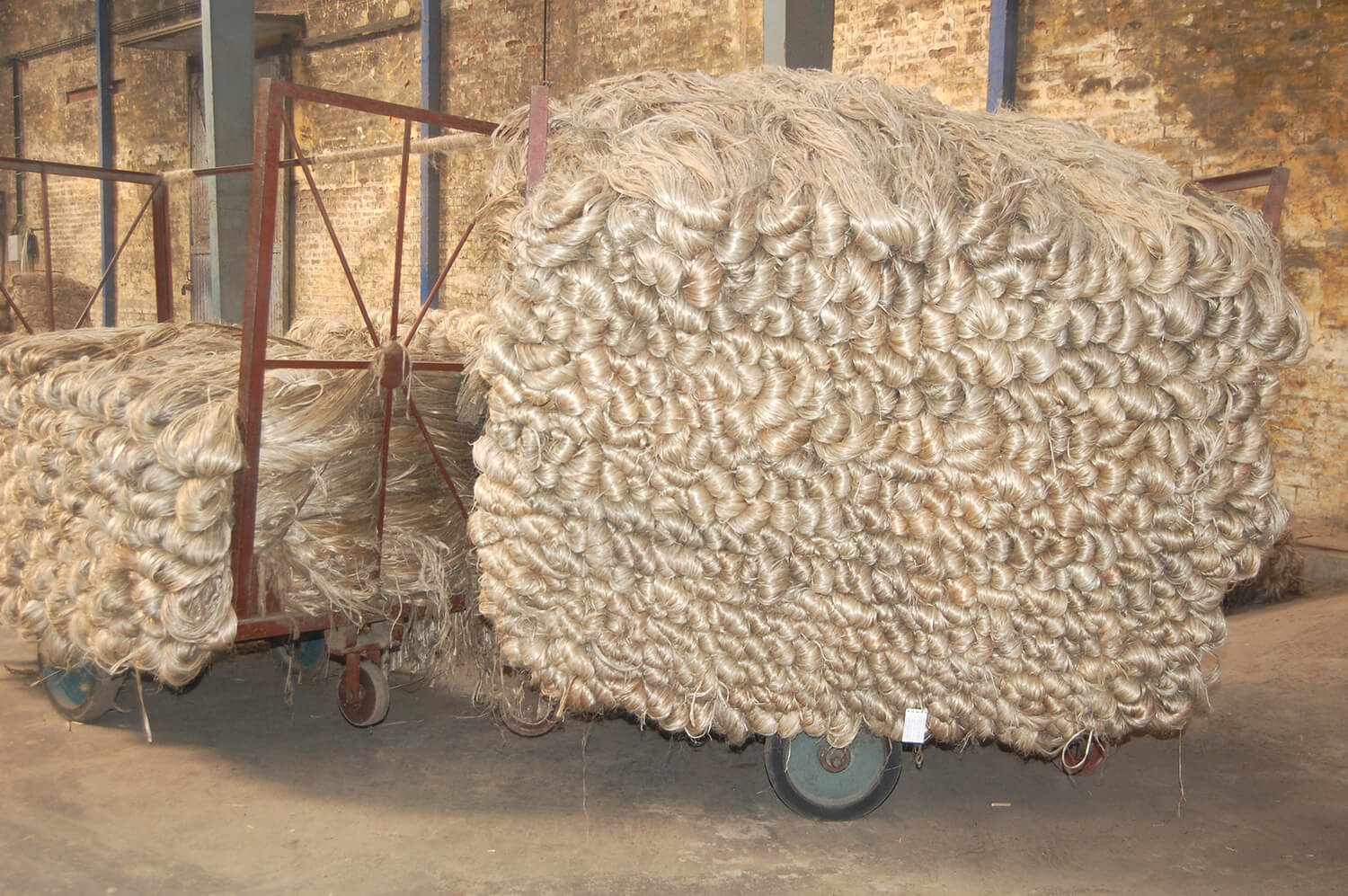
The first step is an age-old practice, one where raw jute bales are opened and further segregated into batches. The defective portions are then removed by experienced workers for top-quality raw jute.
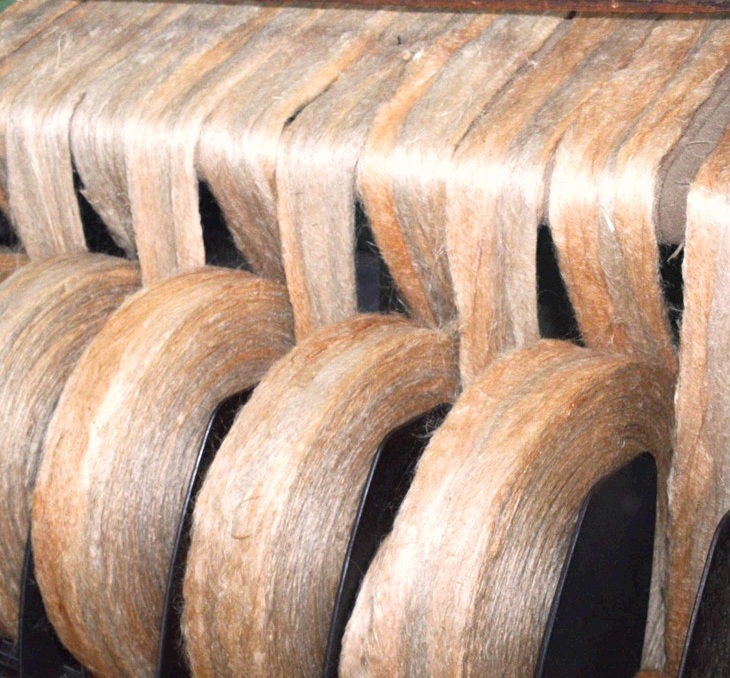
Jute reeds are opened and split where impurities and other extraneous matter is removed. Long reeds of jute are passed through high-speed pinned rollers that produce continuous strands of a ribbon-like structures called sliver. This sliver is made more uniform in length and weight for further processing.
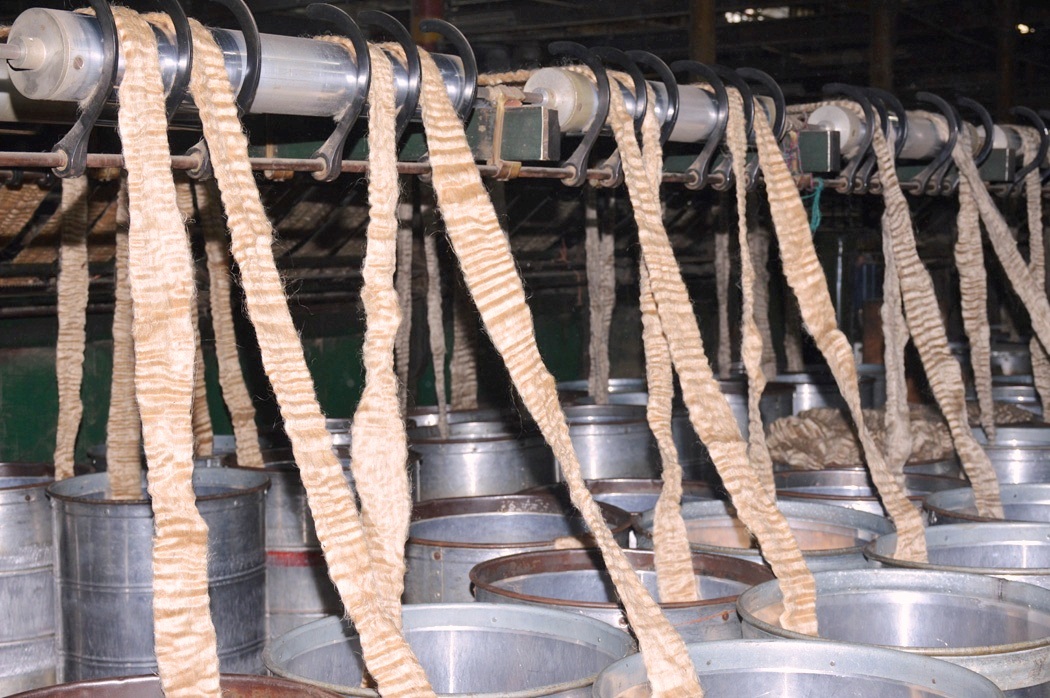
Drawing is a process where the width and thickness of sliver is reduced, typically by mixing 4-6 sliver simultaneously together. This straightens the fibres of the sliver while increasing its smoothness and strength by doubling. Once this is done, it is sent for spinning.
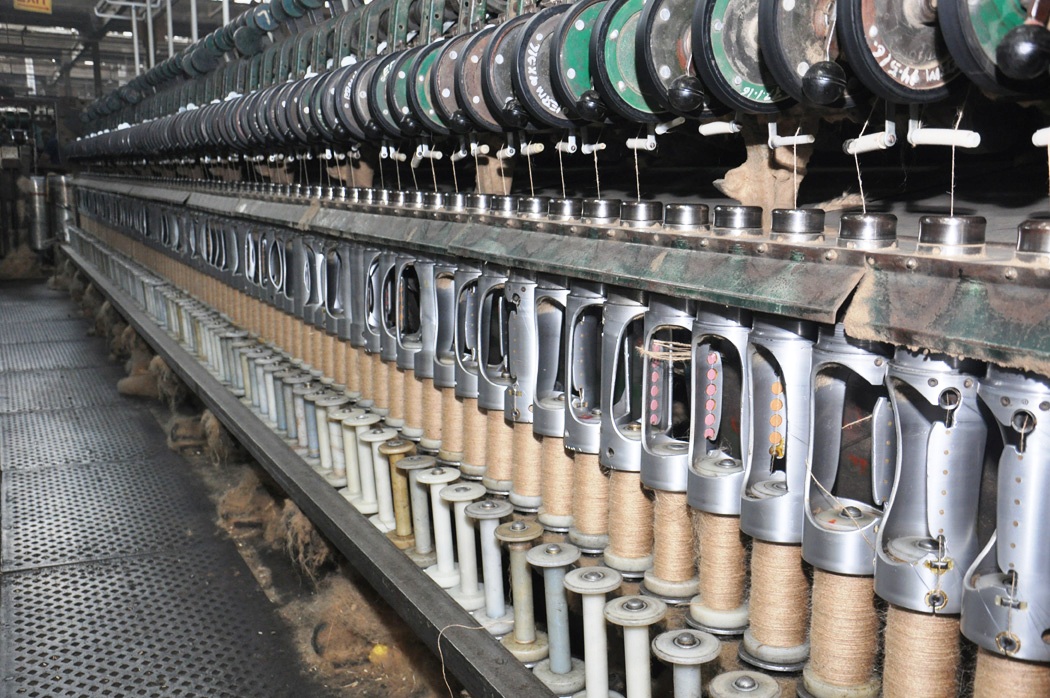
The sliver obtained from the drawing process is then converted into yarn. In this process, strength is imparted to the slivers by twisting its fibres and elongating them.
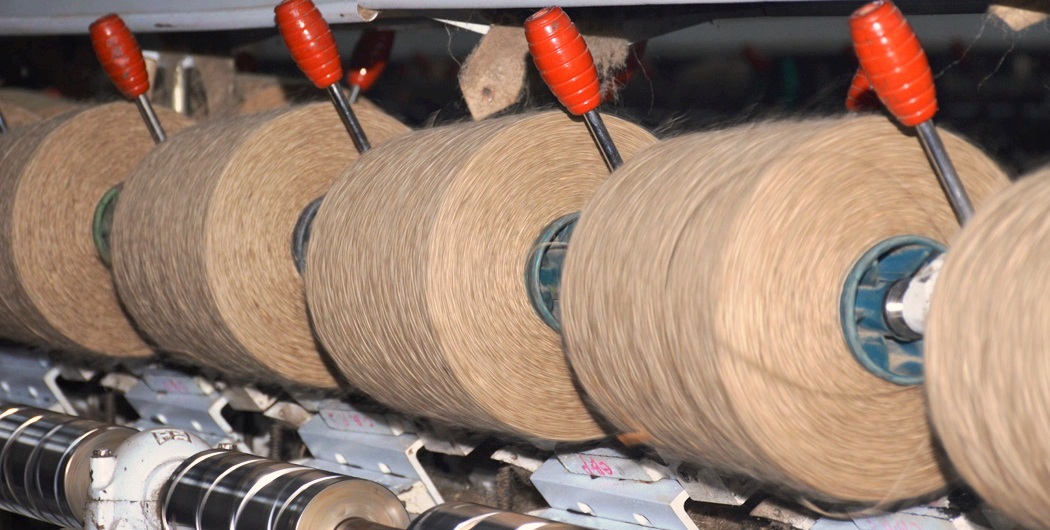
Winding is important for several reasons - removing faults in the yarn, correcting spinning errors and creating larger packages. The primary aim of this process is to ensure better performance of yarn in the later stages.
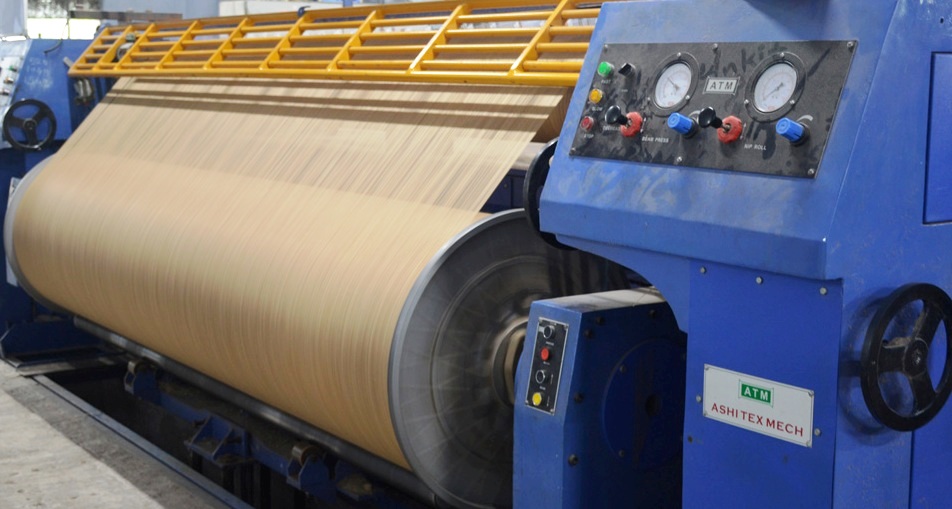
Before yarn is ready for weaving, it needs specific preparation which is where we see the importance of beaming. Here, yarn packages are placed in the creel of a beaming machine which helps to create long lengths of warp sheets.
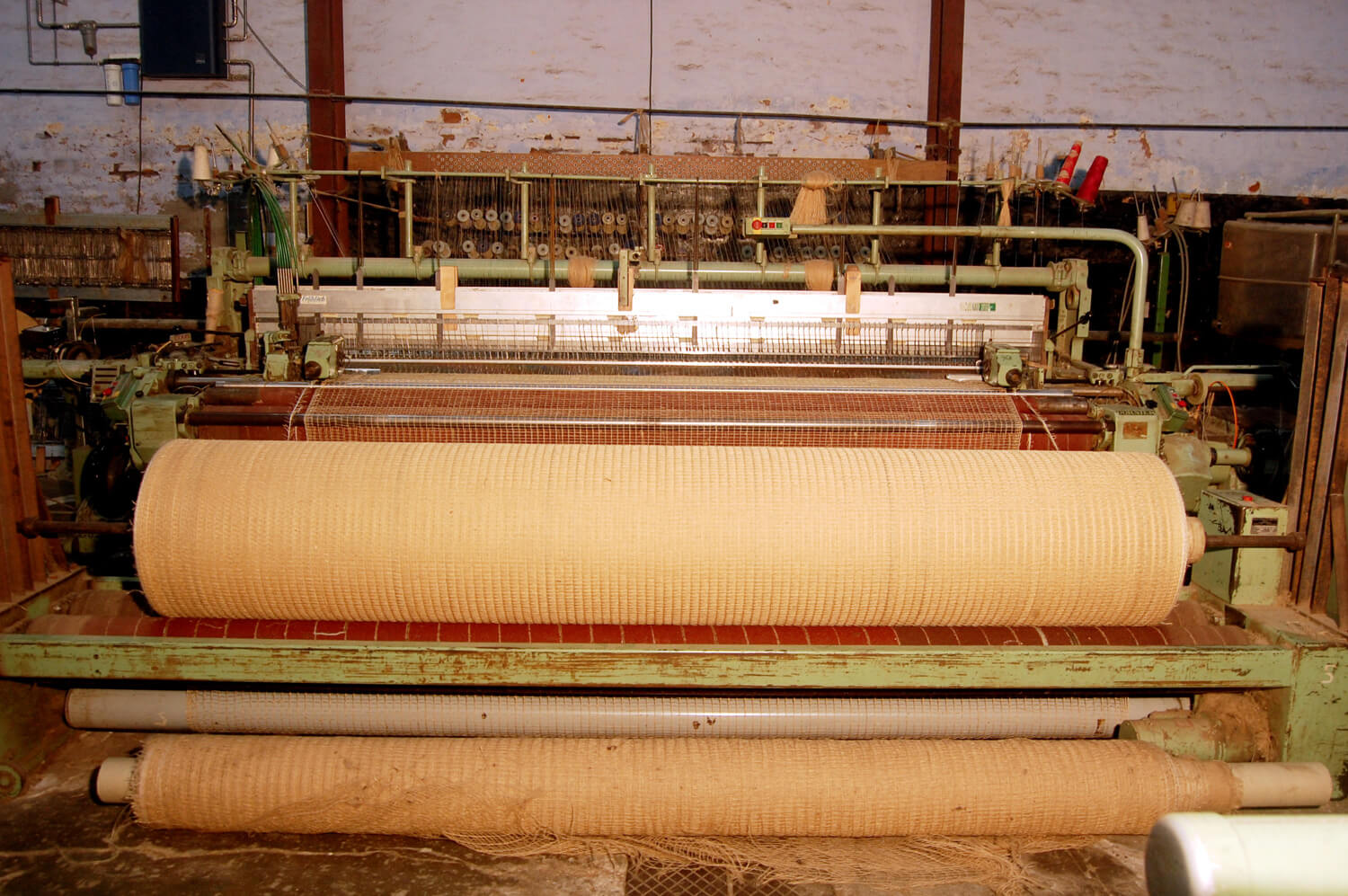
Yarns can be classified into warp and weft yarns. During weaving, both these are interlaced to produce a rigid fabric. This takes place in the loom for fabric manufacturing and there are separate looms used to create different products.
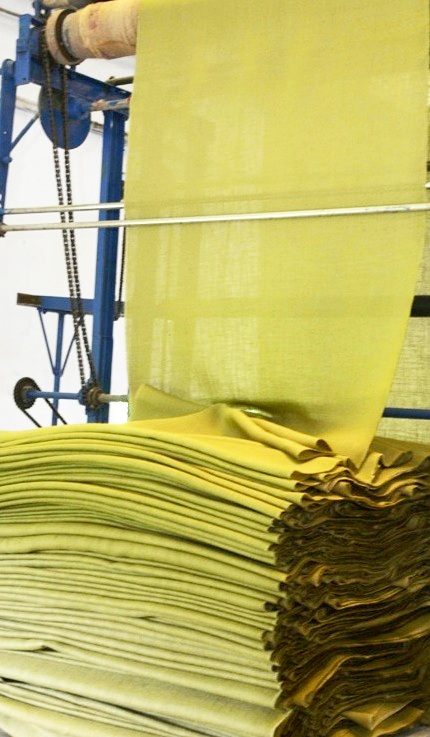
This process takes place when jute fibre has been spun into yarn. There may be a variety of chemical processes to dye it, after which it is sent to textile production facilities.
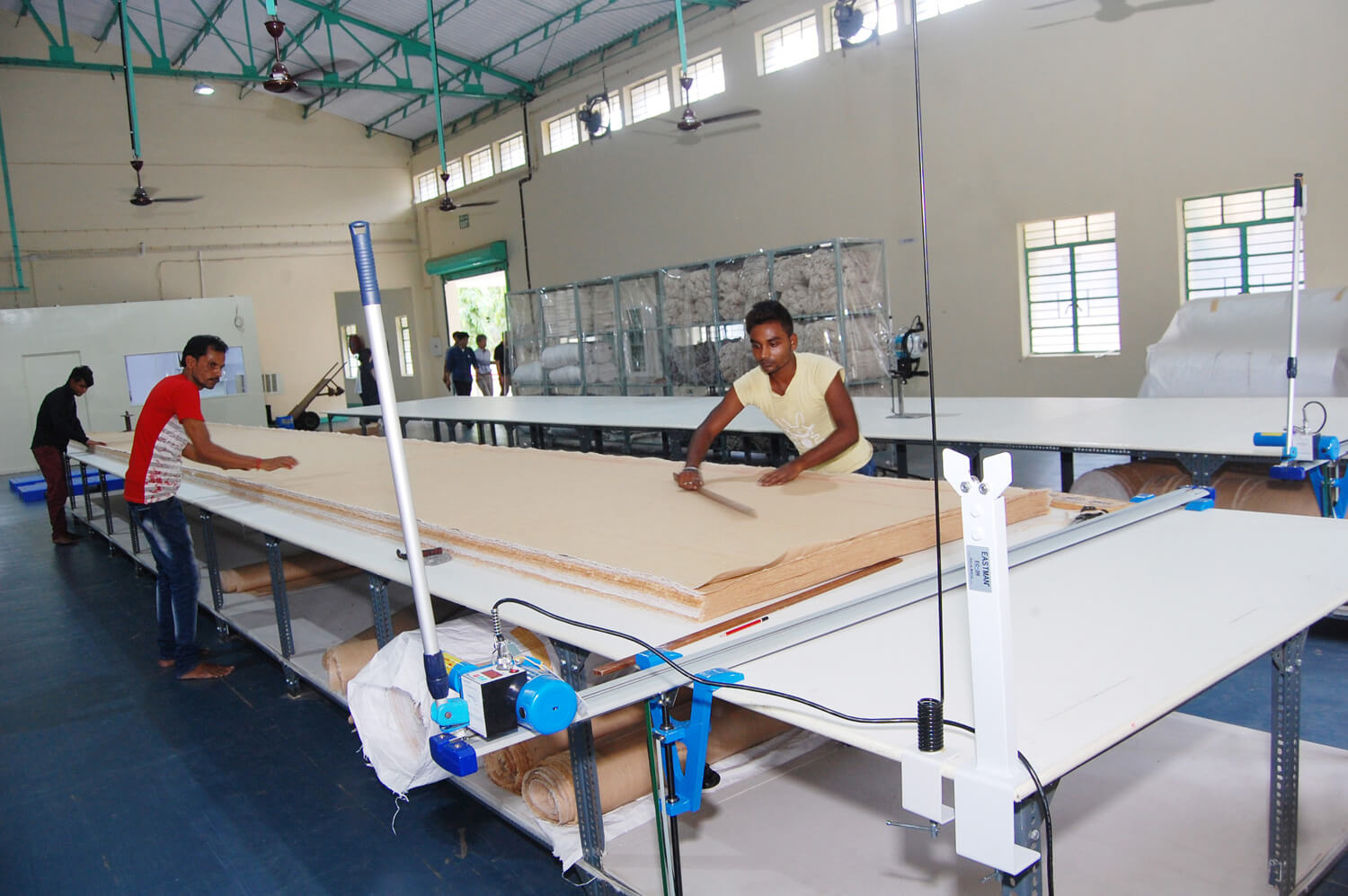
Here, sacking cloth is cut to the desired length with the use of rotary or guillotine type cutting machines.
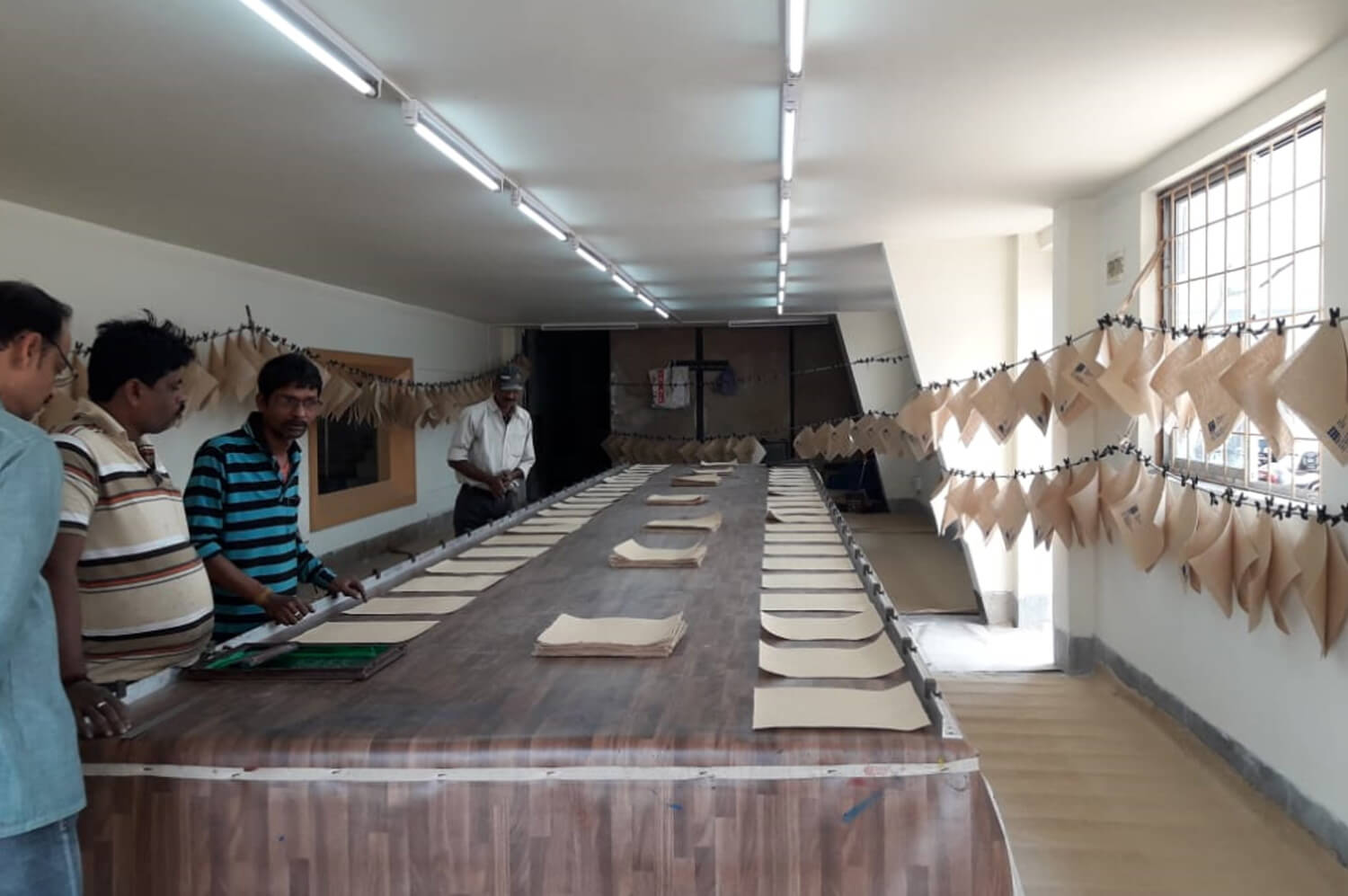
When it comes to printing, the screen printing method is often used on cut fabric. It is organized on a large printing table and water based colours are typically employed. After the printing is dried, the fabric is then sent for stitching.
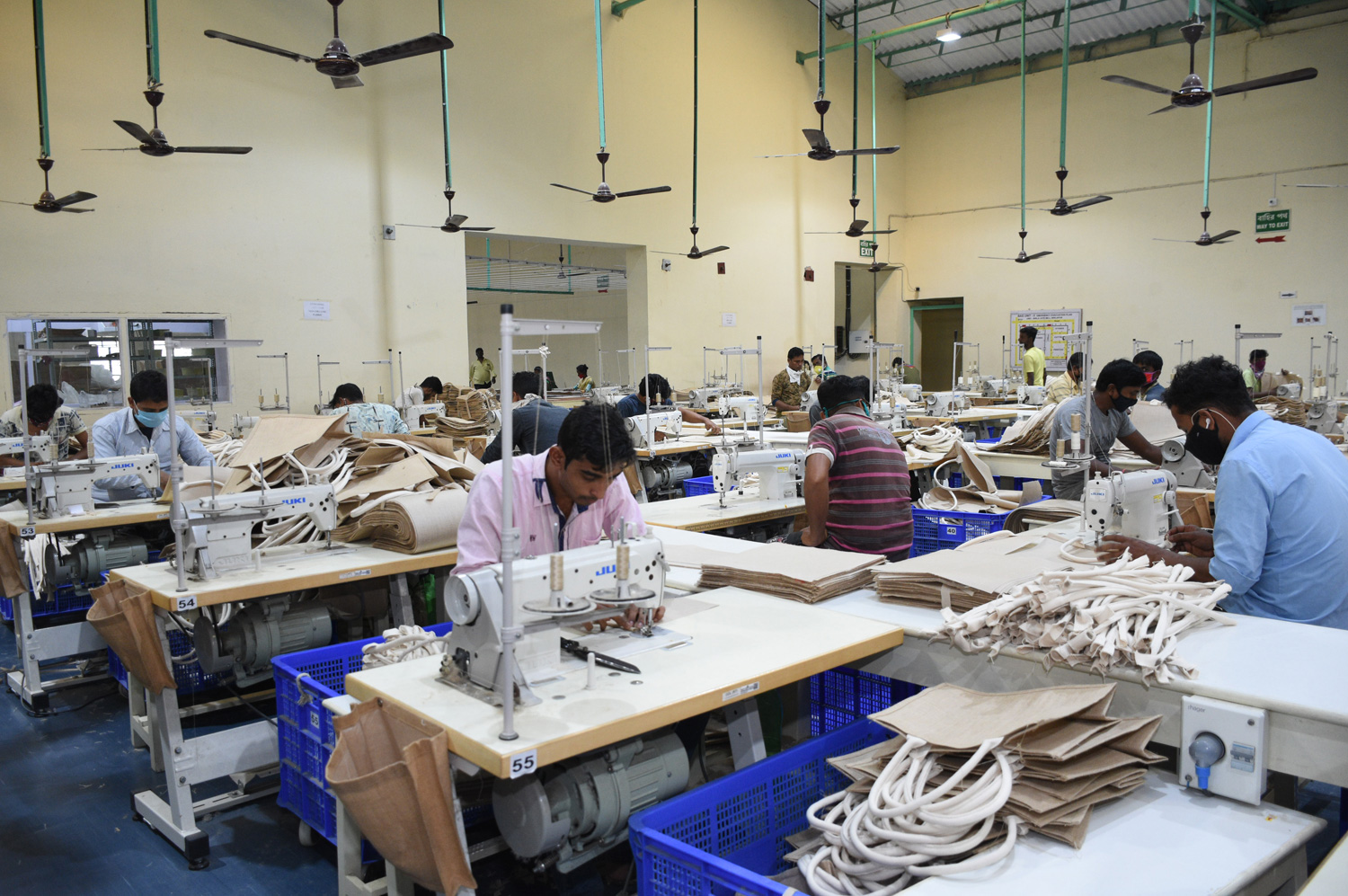
Sewing and stitching take place to provide additional safety to avoid seam failure. Hemming stitches the raw edges while the Herakle machine stitches at the side.
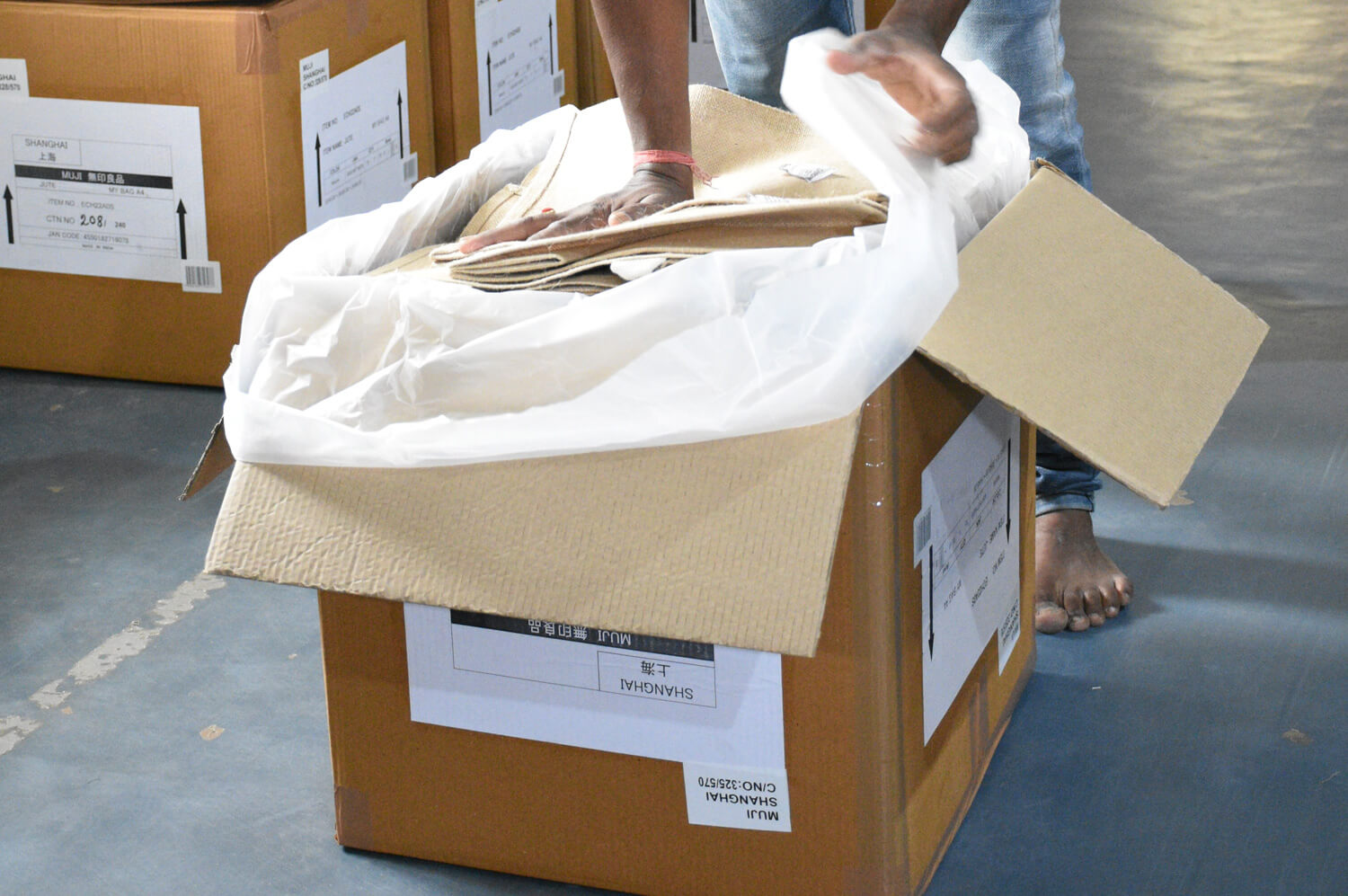
After this, they are kept and stored properly in warehouses while awaiting shipment.



